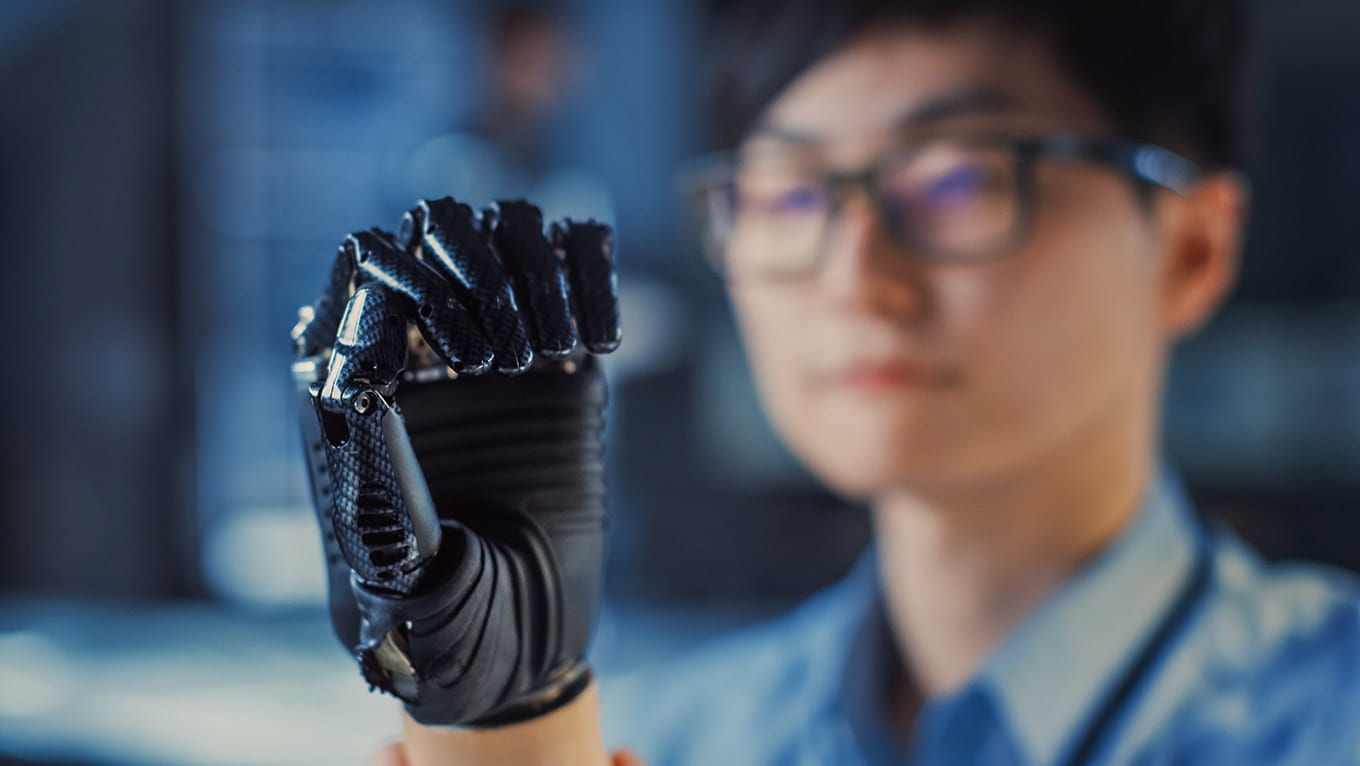Soft robots composed of flexible materials have the potential to carry out tasks that require a high level of dexterity and flexible range of motion. But their increased flexibility compared to rigid-body robots demands a much more involved sensor system to accurately detect their location in the environment and track complex movements.
Researchers have looked for ways to improve soft robotic sensor systems but many of those methods have limitations, ranging from cost of sensor materials to complexity of data processing and delayed response times. In a new paper published in Electronics, Baskin Engineering researchers present a novel, cost-effective soft robotic sensor system that can efficiently detect and control movement of soft robotic devices.
“The aim for soft robotics is to build something that moves more like an octopus or squid and less like a crab. If we can install and operate a robust sensor system for soft robotic devices, we can greatly improve the mechanical performance of these robots and further develop this relatively new field for many different applications,” said Michael Wehner, senior author on the paper and visiting assistant professor of electrical and computer engineering at the UC Santa Cruz Baskin School of Engineering and assistant professor of mechanical engineering at the University of Wisconsin–Madison.
In the article, Wehner and his coauthors—Keng-yu Lin, electrical and computer engineering Ph.D. student, and Arturo Gamboa-Gonzalez, robotics engineering undergraduate student—highlight how their system improves processing time and provides a simplified and cheaper method for soft robotic device sensing and control.
Existing soft sensor systems require every point on the surface of a soft robot to have an electronic sensor in order to detect state awareness and movement. A soft robotic arm, for example, needs a myriad of sensors just to detect simple changes like bending, twisting, and moving up and down. The need for one sensor per dedicated data acquisition channel to pick up changes in the robotic environment results in hundreds of electrical circuits. As the number of sensors increases, so does the complexity of data acquisition and computation.
“Keng-yu and Arturo came up with a clever yet simple way to capture changes from multiple channels at the same time,” said Wehner.
The “clever” method removes the need for hundreds of electrical circuits and immense computer processing power and instead uses far fewer, much cheaper, and less complicated parts to detect changes in the soft robotic device’s environment. The developed system is a network of just nine fiber-based cable sensors and two microfluidic transmission sensors capable of detecting pressure, elongation, bending, and twisting. To record movement and contact forces in real-time from various states in the soft robot’s environment, the system deploys a low-cost, small USB camera.
The camera, which has wireless and bluetooth capabilities, connects to an external computer system that then controls the response of the soft robotic device, also known as an actuator. This new sensor array acts as a multi-channel data acquisition system that is more reliable and efficient and requires significantly less computation than standard soft robotic sensors.
“Our sensor is a simpler, cheaper, and safer solution to standard soft sensors, and a major benefit is the response time,” said Lin, who went on to explain how their system immediately responds to changes while standard soft robotic sensors often experience delayed responses.
In addition to publishing their findings, the researchers have filed a provisional patent with the United States Patent and Trademark Office. The team is most interested in deploying their system in wearable devices for people with limited mobility. In the short term, they hope to connect their sensors to an actuator such as a wearable soft robotic glove that would enable a person with limited hand mobility to grasp, move, and let go of objects, eliminating the need for assistance to do everyday tasks.
A long term goal for the researchers is to build an entire soft robotic system from the ground up. In addition to wearable devices, other future soft robotic applications include assisting with complex surgery, search and rescue operations, and warehouse order fulfillment.




